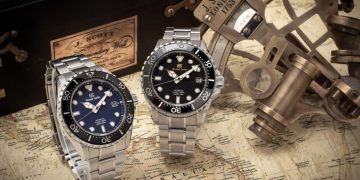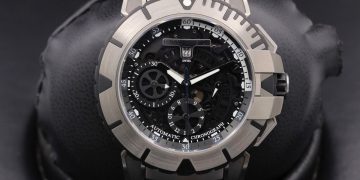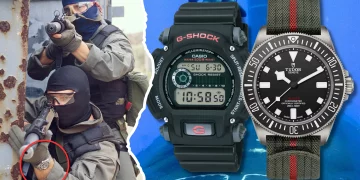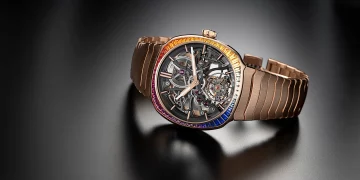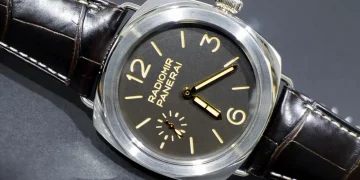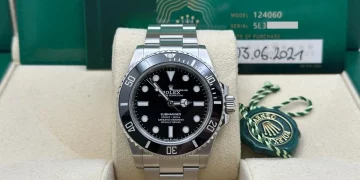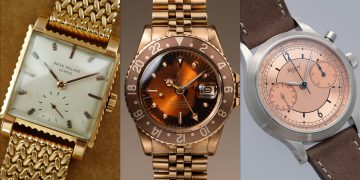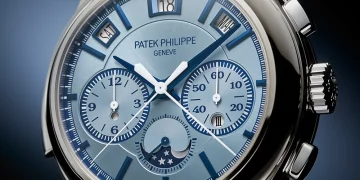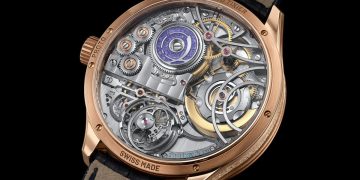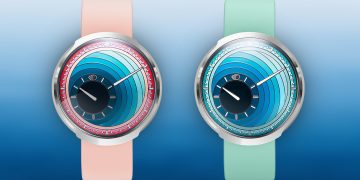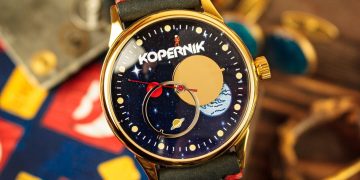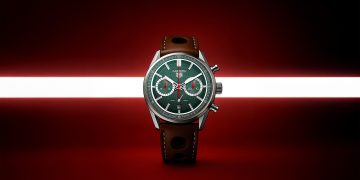Introduction: Garmin’s Role in the Wearable Tech Market
In the world of wearable technology, few brands have left a mark as significant as Garmin. Known for its GPS technology, fitness trackers, smartwatches, and outdoor devices, Garmin has built a dedicated user base spanning across athletes, adventurers, and tech enthusiasts. But how do these users truly feel about the products they own? What factors drive their loyalty to the Garmin brand? And how does Garmin measure up to its competitors, like Apple, Fitbit, and Polar?
This article explores the experience of Garmin users, analyzing their reviews, feedback, and the elements that make Garmin’s wearables and fitness trackers a go-to choice for many. We’ll examine:
- The demographics of Garmin users and why they are drawn to the brand
- Detailed user reviews and experiences with Garmin products
- The pros and cons of Garmin wearables based on real-world user feedback
- A comparative analysis of Garmin against other leading wearable tech brands
Through these lenses, we will paint a comprehensive picture of Garmin users and provide insights into why Garmin remains a significant player in the wearable tech space.
1. Garmin’s Position in the Wearable Tech Industry
Before diving into user reviews, it’s essential to understand the role Garmin plays in the wearable tech and fitness tracking markets. Garmin is primarily recognized for its GPS-based devices, but over the years, it has expanded its range to include various wearables designed for fitness tracking, sports, health monitoring, and even smartwatch functionalities.
a. Garmin’s Product Range
Garmin’s product offerings are wide-ranging, catering to different types of users:
- For Athletes: Garmin’s Fenix series, Forerunner series, and Instinct line of smartwatches are aimed at athletes, outdoor adventurers, and fitness enthusiasts.
- For Fitness Trackers: Garmin offers a variety of fitness-focused wearables, such as the Vivoactive and Vivosmart lines.
- For Adventurers: Devices like the Garmin Epix and Instinct Solar are designed for rugged outdoor use, providing GPS functionality and durability.
b. Garmin’s Strengths in GPS Technology
Garmin’s GPS expertise is at the core of its wearables. While competitors like Apple have ventured into GPS integration, Garmin’s years of experience in the navigation technology space give it a distinct edge. This is a major draw for users who prioritize accuracy and reliability, especially in outdoor sports and activities like hiking, running, cycling, and swimming.
2. Who Are Garmin Users?
Garmin users come from a variety of backgrounds, and the brand appeals to a wide range of demographics. Understanding who uses Garmin devices can provide valuable context to user reviews and experiences.
a. Athletes and Fitness Enthusiasts
The largest group of Garmin users are athletes and fitness enthusiasts. These users value Garmin’s performance tracking, health metrics, and GPS precision. Garmin devices like the Forerunner 245 and Fenix 6 are especially popular among:
- Runners: Garmin has established itself as a leader in the running community, offering features such as VO2 max estimates, advanced running dynamics, and PacePro for pacing strategy.
- Cyclists: Garmin’s Edge series and wearable trackers provide essential metrics for cyclists, including power, cadence, and heart rate tracking, along with turn-by-turn navigation.
- Swimmers: Garmin offers specialized features for swimmers, including lap counting, stroke recognition, and SWOLF (Swim Golf) scores to evaluate efficiency.
b. Outdoor Enthusiasts
Garmin’s rugged outdoor devices, like the Instinct and Fenix series, attract users who engage in outdoor activities such as hiking, mountaineering, and trail running. Garmin’s built-in barometer, altimeter, and compass are valued features for navigating remote areas.
- Hikers and Backpackers: Garmin’s Topo maps, GLONASS support, and rugged designs make it ideal for adventurers.
- Survivalists and Extreme Sports Enthusiasts: Garmin’s durability in harsh conditions and advanced features like solar charging and multi-sport modes make it a go-to device for extreme athletes.
c. Everyday Fitness Users and Health-Conscious Individuals
Garmin also attracts everyday users who want to monitor their health and fitness but aren’t necessarily extreme athletes. Devices like the Vivoactive 4 and Vivosmart 4 appeal to these users with features like:
- Heart Rate Monitoring
- Stress Tracking
- Sleep Monitoring
- Body Battery energy levels
These devices are designed to help users track basic fitness goals like step counting, calorie burn, and active minutes without requiring the deep performance metrics needed by professional athletes.
d. Tech Enthusiasts and Early Adopters
Garmin has also gained traction among tech enthusiasts who appreciate the brand’s innovative features, battery life, and accurate data. These users often compare Garmin’s tech with competitors like Apple and Fitbit, evaluating hardware and software in terms of usability, reliability, and value for money.
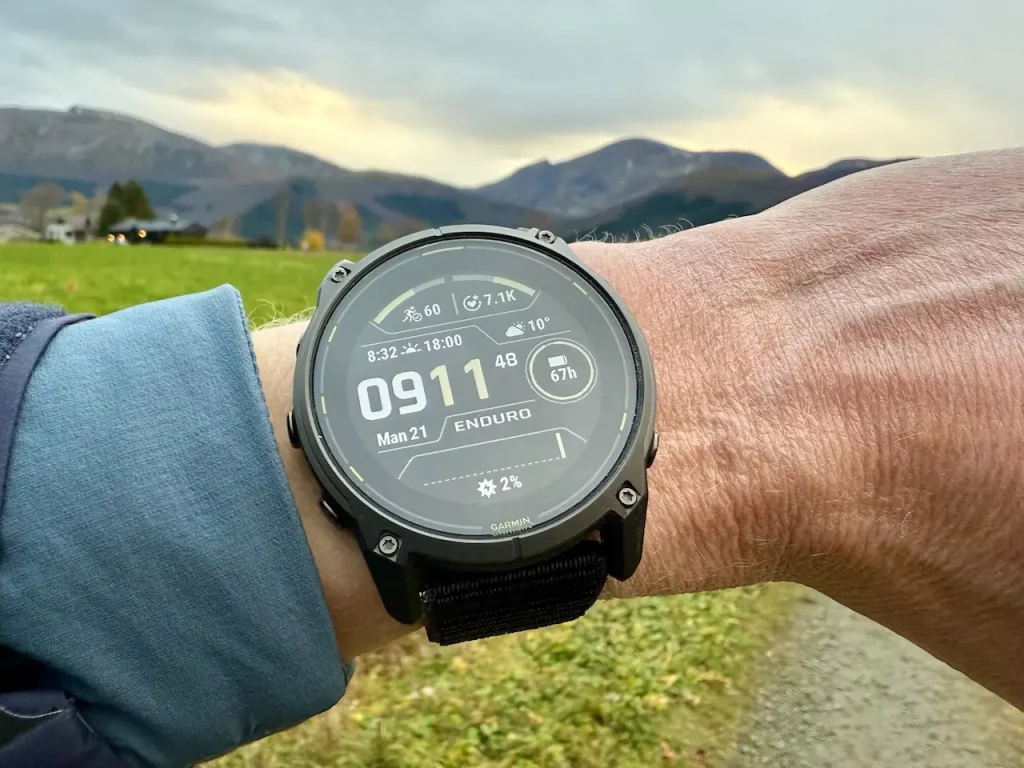
3. Garmin User Reviews: The Good, the Bad, and the In-Between
To understand what Garmin users love and what they criticize about the brand, we need to dive into actual user reviews. Here, we will break down common themes based on the feedback from Garmin customers.
a. Positive Reviews: What Users Love About Garmin Wearables
- Battery Life: Garmin wearables are frequently praised for their exceptional battery life, with many models lasting days or even weeks on a single charge. For example, the Garmin Fenix 6X Solar can last up to 21 days on a single charge with solar charging support.
- Accuracy: Garmin’s GPS tracking is often highlighted as one of the most accurate in the industry. Whether it’s a run, bike ride, or hike, users appreciate the precision of Garmin’s GPS functionality and its ability to track data with minimal interference.
- Durability and Build Quality: Garmin’s outdoor-focused devices, like the Instinct and Fenix series, receive high marks for being rugged, water-resistant, and capable of withstanding extreme weather conditions and rough environments.
- Comprehensive Health Features: Garmin’s commitment to health tracking is evident in its wearables. Users report high satisfaction with features like heart rate monitoring, stress tracking, and sleep analysis. The Body Battery feature, which tracks users’ energy levels throughout the day, is particularly praised for being a unique and useful addition.
- Customization: Garmin users appreciate the level of customization available for their devices. From watch faces to workout modes and data fields, Garmin allows users to tailor their experience to match their individual needs.
b. Negative Reviews: What Users Dislike About Garmin Wearables
- Complexity for Beginners: Some users report that Garmin wearables can be difficult to set up and use for those unfamiliar with advanced fitness tech. The interface and customization options can feel overwhelming to new users, especially compared to the simplicity of products like the Apple Watch.
- Lack of App Ecosystem: While Garmin’s core fitness and outdoor features are widely appreciated, the app ecosystem for Garmin devices is often viewed as lacking compared to other smartwatches. Users looking for the seamless integration of third-party apps that Apple and Android watches offer might find Garmin’s ecosystem limited.
- Price: Garmin’s higher-end models, like the Fenix 6 and Fenix 6X, come with premium price tags. Some users feel that Garmin’s premium products are too expensive for the average consumer, especially when compared to more affordable devices from competitors like Fitbit or Amazfit.
- Synchronization Issues: A recurring complaint is the issue of syncing Garmin devices with the Garmin Connect app or other fitness platforms. Some users have experienced delays or errors in syncing data, which can lead to frustration.
4. Garmin vs. Competitors: A Comparative User Evaluation
To put Garmin’s strengths and weaknesses into perspective, it’s important to compare Garmin wearables against other major brands in the industry. The two most notable competitors are Apple and Fitbit.
a. Garmin vs. Apple Watch
- Battery Life: Garmin wins hands down in terms of battery life, with some models lasting weeks on a single charge, compared to the Apple Watch’s one-to-two-day battery life.
- Fitness Tracking: Garmin outperforms the Apple Watch in detailed fitness tracking, particularly for advanced athletes. Garmin’s GPS accuracy, multi-sport modes, and barometric altimeter set it apart for outdoor enthusiasts.
- Design: While the Apple Watch has a sleek, premium design and is often considered a fashion statement, Garmin’s designs are generally rugged and geared toward functionality rather than style.
b. Garmin vs. Fitbit
- Price: In terms of affordability, Fitbit offers a cheaper range of wearables compared to Garmin. However, Garmin’s devices offer more advanced features for serious athletes, which justify the higher price.
- Health Features: Garmin offers a more comprehensive set of health and fitness tracking features, including VO2 max, advanced running metrics, and multisport functionality, which appeal to more serious athletes.
- App Ecosystem: Fitbit has a more user-friendly app ecosystem and is often seen as easier to use, especially for those new to fitness wearables.
5. The Future of Garmin Wearables
Garmin is constantly innovating and expanding its product range. With the increasing demand for health-tracking wearables, Garmin is likely to continue enhancing its fitness features and integrating even more advanced health sensors, including the potential for blood glucose monitoring, mental health tracking, and advanced ECG readings.
Conclusion: Garmin’s Impact on Users and the Wearable Tech Market
Garmin’s wearables have proven to be an essential tool for a wide range of users, from fitness enthusiasts to outdoor adventurers. With its GPS expertise, rugged designs, and advanced health tracking features, Garmin has carved a niche in the wearable tech market. However, it faces challenges in terms of complexity and ecosystem integration, areas where competitors like Apple and Fitbit excel.
Through this exploration of Garmin users and their reviews, we’ve seen that Garmin’s dedication to quality, precision, and durability has earned it a loyal following. For those who prioritize performance and reliability, Garmin remains a top contender in the wearable tech space.


